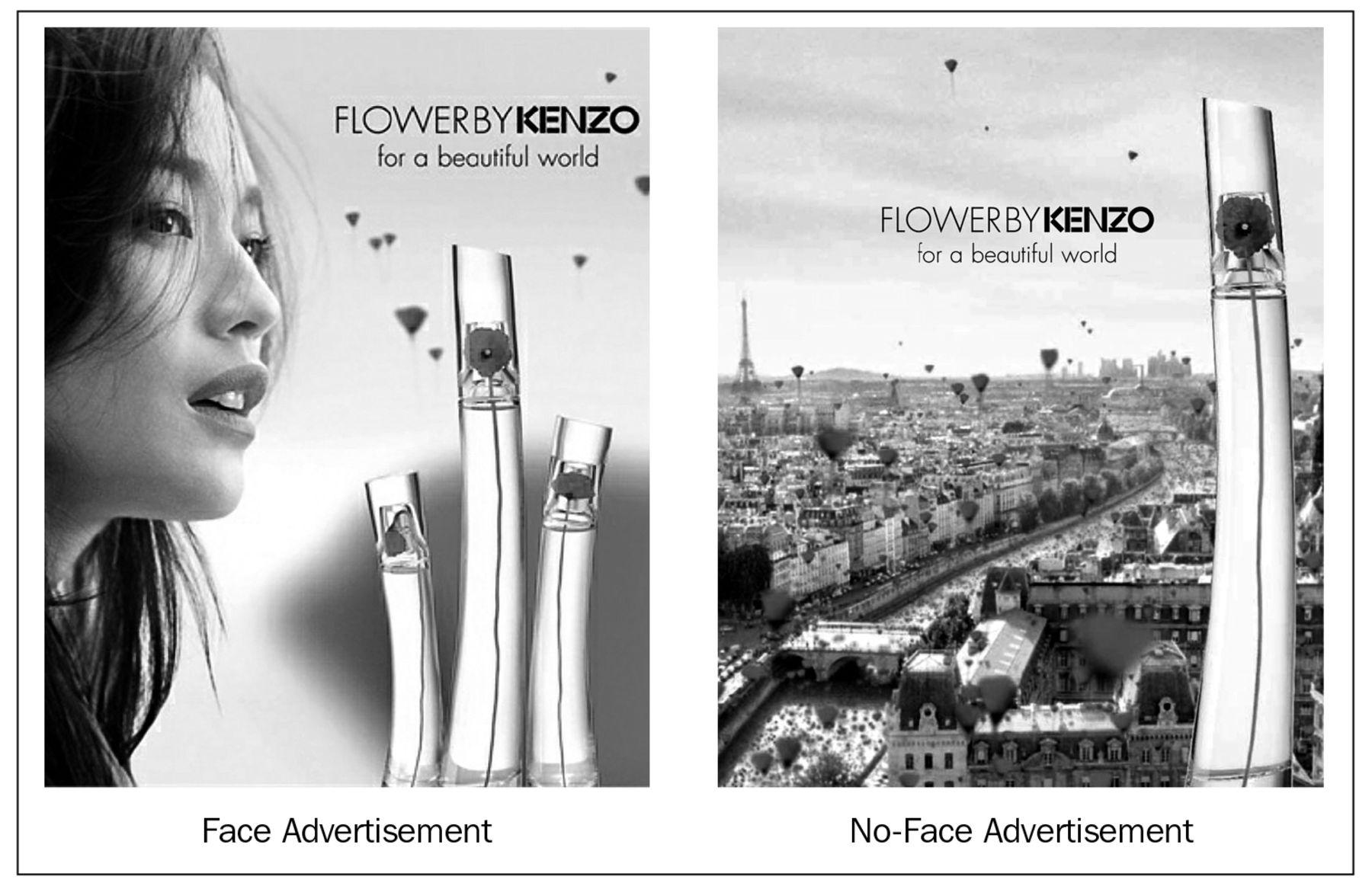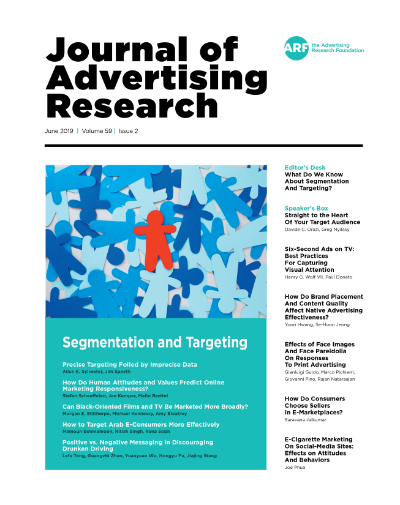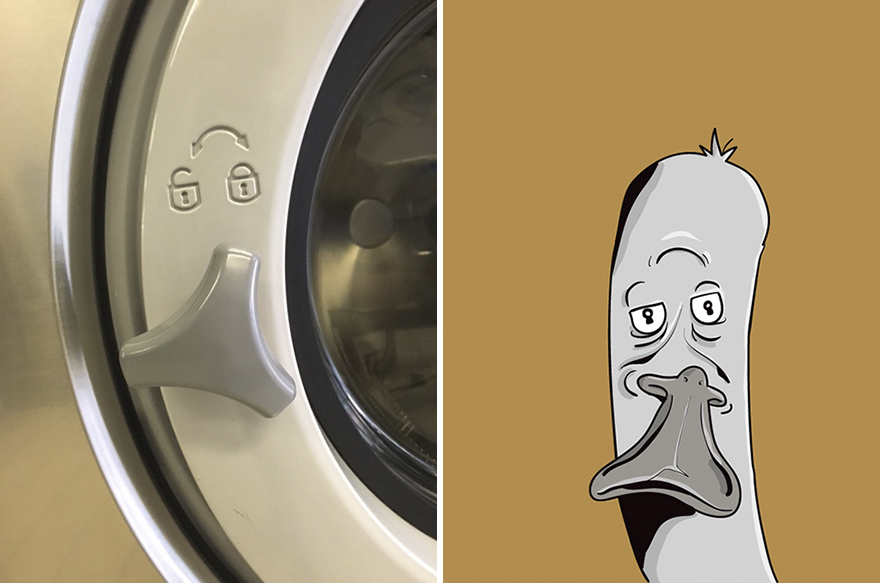How Does Pareidolia Enhance Advertising Impact?
Pareidolia has found various applications in advertising and media, leveraging the human tendency to recognize familiar patterns, especially faces, in random stimuli. This phenomenon is effectively utilized to create emotional connections with consumers and enhance brand recognition. Here are some notable examples:
Advertising Campaigns

-
McDonald’s Brazil: During the COVID-19 pandemic, McDonald’s launched a campaign featuring its iconic arches separated to resemble people standing apart, promoting social distancing. This clever use of pareidolia helped communicate a relevant message while engaging viewers visually.
-
Volkswagen: The automotive company redesigned its logo to incorporate elements of pareidolia, creating a friendly and approachable image that resembles a smiling face. This design strategy aimed to foster a positive emotional response from consumers.
-
KFC Australia: In promoting its plant-based “Zero Chicken” burger, KFC used pareidolia by showcasing images of animals formed from plant-based ingredients, such as a lettuce leaf resembling a bird. This approach not only highlighted the product but also engaged consumers through visual creativity.
Product Design and Packaging

-
Figalian Land Company: The company utilized pareidolia in its olive oil packaging by embossing an olive tree trunk on the label, evoking childhood memories associated with olive trees. This design aimed to create an emotional connection with consumers while enhancing the product’s appeal.
-
Sensory Marketing: Pareidolia is part of broader sensory marketing strategies that tap into consumer emotions. By incorporating familiar patterns or faces into product designs, brands can create memorable experiences that resonate with customers, increasing brand loyalty and recognition.
Psychological Insights

Research indicates that advertisements featuring faces or pareidolic elements tend to capture more attention and generate higher engagement rates. For instance, studies show that Instagram photos with faces receive about 40% more “likes” than those without. Additionally, ads containing pareidolic images are often more easily recalled by consumers, enhancing their effectiveness in marketing campaigns.
Conclusion
Incorporating pareidolia into advertising and media not only enhances visual appeal but also fosters deeper emotional connections with audiences. By leveraging this psychological phenomenon, brands can differentiate themselves in competitive markets and create unique consumer experiences.
References
- LinkedIn Pulse - Faces in Things: Art, Pareidolia, and Product Design
- Industrial Packaging - Pareidolia in Packaging
- Wikipedia - Pareidolia
- LiveScience - Pareidolia
- Pure - Pareidolia in Advertising
- Leitner Studios - The History of Pareidolia and How to Use It
- Greater Good Berkeley - Do You Experience Pareidolia? It Could Help You Be Creative
- EarthSky - Seeing Things That Aren’t There
comments powered by Disqus